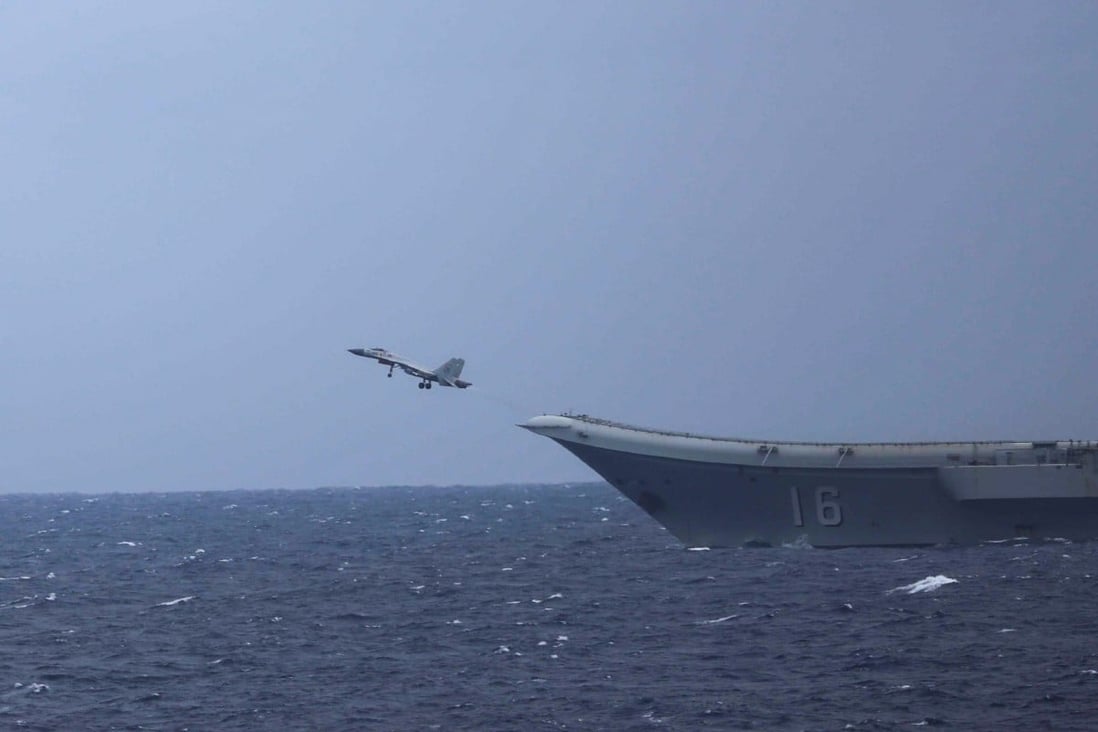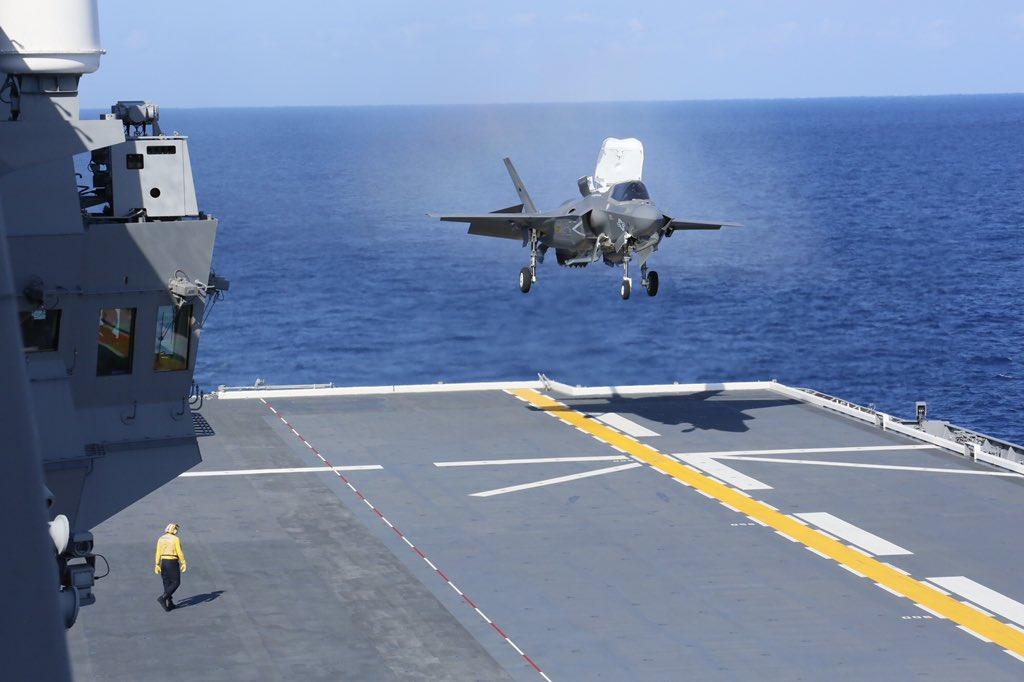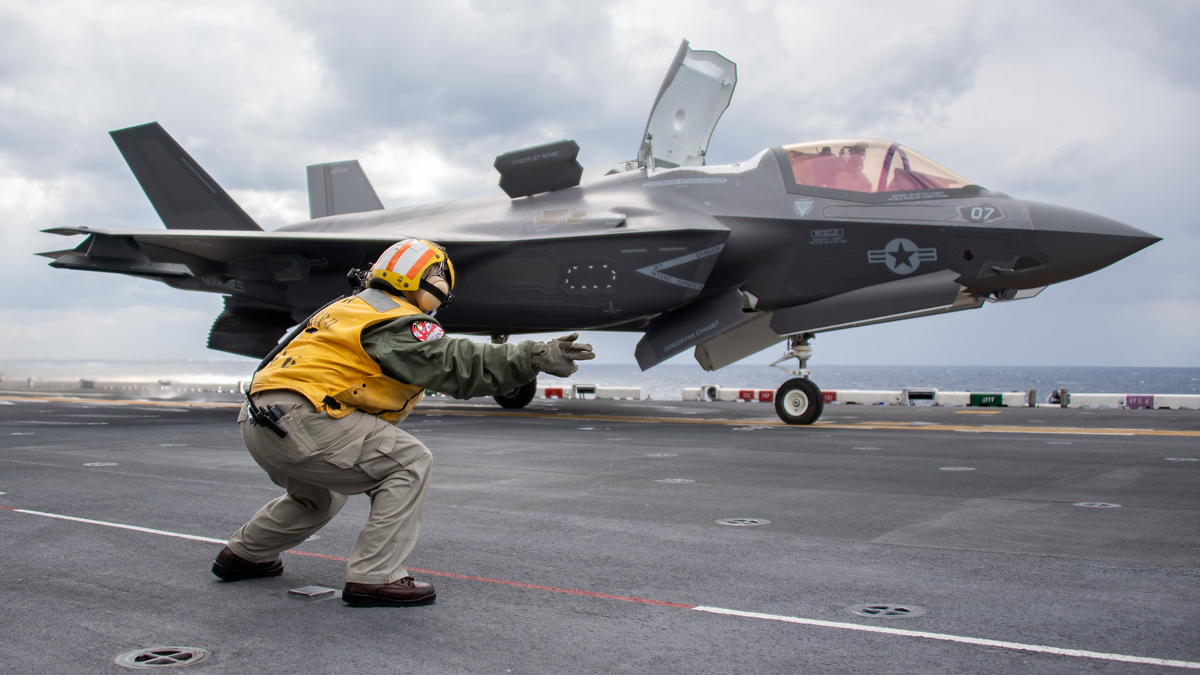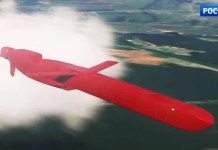The latest combat maneuvers of fighter jets from China’s Liaoning aircraft carrier in the western Pacific have sparked regional concerns, with Japan deploying its Light Carrier Izumo and fighters to keep an eye on the situation.
“Wiping The UK Off Map” – Russia’s 200-Ton Monster Missile Threat To UK Takes London By Storm; Britain Responds
On Tuesday, the Japanese defense ministry said that the refurbished Soviet-origin PLA’s Kuznetsov-class carrier was photographed launching out and collecting its ship-borne fighter J-15s and early warning helicopter Z-18s.
The Ministry also stated that China’s Liaoning aircraft carrier and six accompanying naval warships are undertaking military drills with fighter jets and helicopters in the Western Pacific Ocean.
According to the government, the exercises took place roughly 160 kilometers southwest of Okidaito Island. It was previously reported that a Chinese Navy flotilla on Monday had passed through the Miyako Strait, a crucial gateway into the Western Pacific Ocean near Okinawa Prefecture, on Monday.

The flotilla consisted of four guided-missile destroyers, including the Chinese Navy’s state-of-the-art Type 055 vessel, a Type 901 fast combat support ship and a guided-missile frigate.
Japan was keeping a close eye on the whole scenario. According to the ministry, the Japanese air force dispatched fighter planes, including a Kawasaki P-1 maritime patrol aircraft and a Lockheed P-3 Orion anti-submarine and maritime observation aircraft, in reaction to Chinese navy activity.

Furthermore, the Liaoning-led flotilla was being monitored by Japanese surveillance aircraft and the Izumo and its sister ship, the Kaga.
China’s ships and planes did not cross Japanese territorial waters or airspace. However, at least one warship approached Taisho Island in the Japanese-controlled Senkaku Islands, which are also claimed by China and known as the Diaoyu.
The fleet was assigned “to conduct realistic combat training in the far seas of the West Pacific” as part of regular annual drills, the Chinese Defense Ministry said. It further added that the deployment was in accordance with international law and not directed against another party.
The Liaoning has not been spotted in the area since December when it headed another flotilla through the Miyako Strait for similar exercises involving ship-based helicopters, fighter aircraft, and other vessels.
Furthermore, another Liaoning-led flotilla passed through the Miyako Strait in April last year and then performed military maneuvers near democratic Taiwan, which Beijing has promised will become “routine.”
Tensions In the Region
The latest deployment of the Chinese aircraft carrier strike group coincides with the deployment of the USS Abraham Lincoln carrier strike group in the neighboring Philippine Sea.
It also comes just weeks after large-scale PLA navy and air force maneuvers in the East China Sea and Taiwan Strait “in response to the US’s recent frequent false signals on the Taiwan issue.” It was unclear whether the vessels would travel close to Taiwan as part of the latest exercises.
China’s relations with the United States and its ally Japan have deteriorated as a result of their strong support for self-ruled Taiwan, particularly since Russia’s invasion of Ukraine raised worries of a similar cross-strait assault by the PLA.

China regards Taiwan as an inalienable part of its territory and a renegade province that must be reintegrated – by force if necessary. Its force has flown dozens of missions into Taiwan’s air defense identification zone, which is distinct from sovereign airspace.
Uncertainty about what these moves are meant to signal has sparked concerns in both Washington and Tokyo, raising the threat of military miscalculation.
With the Sino-US relationship at dangerous levels, these kinds of military drills have been particularly troubling, raising worries of a new Cold War engulfing the region.
The 27,000-tonne Izumo from Japan is significantly smaller than the 60,000-tonne Chinese Liaoning, but it is being modified from a multi-role destroyer or helicopter carrier to a light carrier to accommodate the Lockheed F-35B combat aircraft.
The first tests using the jets were conducted last year. Japan has bought 40 F-35B fighter jets from the United States for the Izumo and its sister ship, the Kaga.

In recent years, the two Japanese carriers have taken part in numerous US-led naval drills in the Indo-Pacific since the region has become a focal point of geopolitical rivalry due to China’s rapid naval buildup.
Meanwhile, Japan’s and the United States’ defense chiefs agreed on Wednesday to align their security strategies and strengthen cooperation in the Indo-Pacific to prevent any effort to change the status quo by force in the face of China’s growing aggression.
- Contact the author at ashishmichel@gmail.com
- Follow EurAsian Times on Google News




